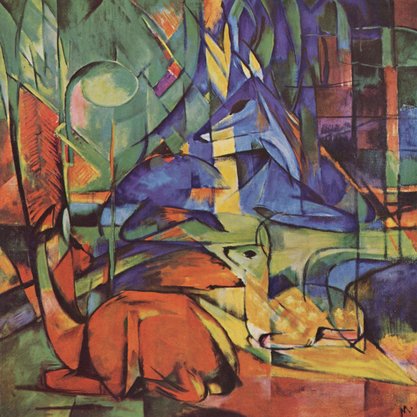Article
Woodcut Novel By Fontenot, Tyler
Article
The novel in woodcuts or the wordless novel is an artistic and narrative medium that emerged during the first half of the 20th century. The first novel in woodcuts was 25 Images de la passion d’un homme [25 Images of a Man’s Passion], published in 1918 by the Flemish engraver Frans Masereel. Wordless novels rose to prominence in the 1920s, reaching a zenith of popularity in the 1930s that waned during the Second World War due to competition with sound film and anti-socialist censorship, especially in Nazi Germany and the United States. As the narrative is communicated in pictures rather than in words, novels in woodcuts are accessible to international audiences regardless of language or literacy. This universal comprehensibility helped to disseminate to an international audience the critical depictions of capitalism, modern alienation, and the industrial metropolitan space that run through many wordless novels. History has until recently largely forgotten the impact of the novel in woodcuts, but some of the first graphic novelists, like Art Spiegelman and Will Eisner, have acknowledged these early wordless novels as a major inspiration for the development of the graphic novel form.




